Astronaut
Latest about astronaut
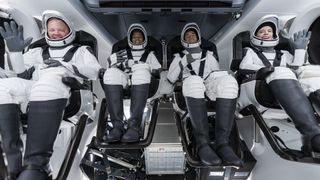
Even a 'weekend getaway' to space can alter astronauts' biology, sweeping new studies find
By Susan Bailey published
Even three days in space is enough to alter an astronaut's biology, according to a new set of studies that offers the most comprehensive look at spaceflight health since NASA's Twins Study.
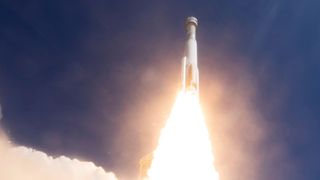
2 new helium leaks discovered on Boeing's Starliner — forcing NASA astronauts to skip sleep to fix them
By Ben Turner published
Two helium leaks appeared on the spacecraft en route to the International Space Station, in addition to a leak engineers knew about prior to launch. The crew are not thought to be in any danger.
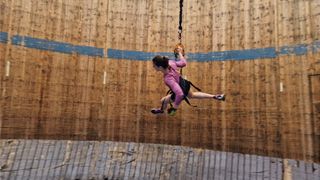
Circus 'Wall of Death' stunt may keep astronauts fit on the moon
By Emily Cooke published
Just a few laps of the wall a day may be enough to keep muscle wasting at bay, scientists say.
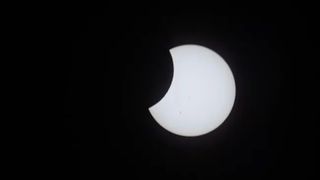
Why ISS astronauts don't know where to look for the April 8 total solar eclipse
By Elizabeth Howell published
The cameras aboard the International Space Station may be ready, but it's still not clear where to point them in order to capture the April 8 total solar eclipse.
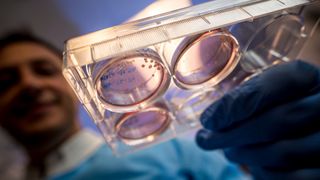
Could mini space-grown organs be our 'cancer moonshot'?
By Emily Cooke published
Scientists say they're growing "organoids" in space to better understand cancer, neurological diseases and aging, and to hopefully uncover treatments.
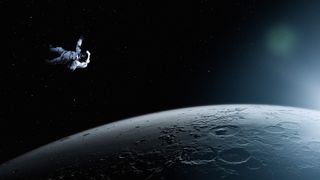
What would happen to a dead body in space?
By Carrie Klein published
Space is a harsh place, with freezing temperatures, harmful radiation and a near-vacuum. So, what would happen to the body of an astronaut that was exposed to space's elements?
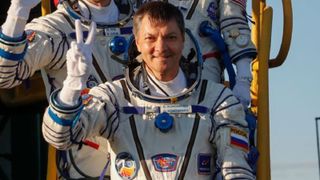
Russian cosmonaut Oleg Kononeko breaks record for longest time spent in space — and he still has 6 months to go
By Harry Baker published
Oleg Kononeko has broken the record for most cumulative time spent in space after spending his 878th non-continuous day onboard the International Space Station. But he won't return to Earth until September.
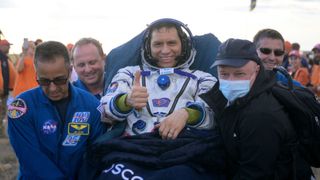
Record-breaking astronaut Frank Rubio finally returns to Earth after accidentally spending 371 days in space
By Harry Baker published
NASA astronaut Frank Rubio has finally returned home from a 371-day stay on the International Space Station — a record for an American — after being trapped when his ride home was damaged.
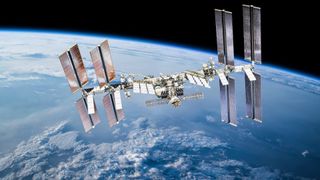
New drug could prevent bone loss on lengthy space missions, study in space-faring mice suggests
By Emily Cooke published
A new drug reduced bone loss in mice on the International Space Station, without causing any negative side effects.
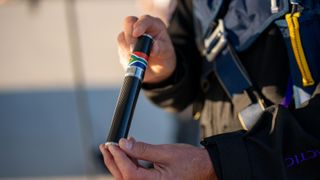
'I am horrified': Archaeologists are fuming over ancient human relative remains sent to edge of space
By Kristina Killgrove published
Scientists are calling the Virgin Galactic mission that carried the bones of Australopithecus sediba and Homo naledi to the edge of space a major ethical breach.
Get the world’s most fascinating discoveries delivered straight to your inbox.


